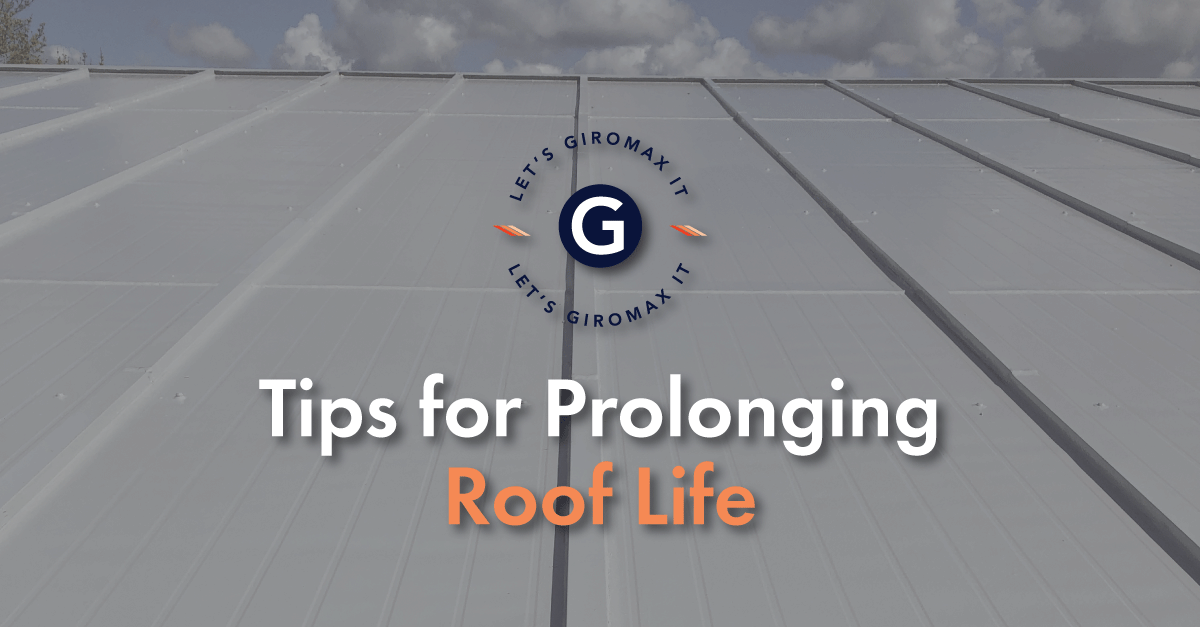How to Future Proof Your Industrial Building
Whether we like it or not, the effects of climate change are here to stay, so a proactive approach towards future-proofing industrial buildings is vital. But this doesn’t just mean factoring in environmentally conscious techniques and materials for new projects. Existing warehouses and industrial buildings can be improved and updated to bring them in line with current and pending legislation.
Sustainable building materials
Precast concrete is rapidly becoming one of the most popular modern construction materials, thanks to its outstanding green credentials. With a very low water to cement ratio, precast concrete is incredibly durable, recyclable and environmentally friendly. But it’s certainly not the only option. Prefabricated panels and modular construction methods are greener and more cost-effective than traditional building methods, making it easier than ever to create ecologically sound warehouses and industrial units.
For existing buildings, even something as seemingly simple as improving insulation will have an immediate impact on overall running costs. For example, applying heat reduction film to office windows can help to lower the amount of energy used, resulting in savings for you or your client and less pollution for the planet.
Reducing running costs
Good quality lighting, ventilation and a comfortable working temperature all lead to a happy workforce, which is likely to improve your productivity levels. An increase in operational efficiency with a corresponding decrease in energy consumption is a big positive!
Natural light is the most desirable – not to mention cost-effective – option, but where this isn’t practical, smart lighting offers an environmentally friendly alternative. Sensors detect when someone is approaching, ensuring lights switch on and off intuitively. Other green initiatives being adopted by building developers include solar panels on the roof, heat pumps for renewable energy-based heating, and even rainwater collection for flushing the toilets.
Extra protection for the roof
The industrial roof bears the brunt of our increasingly extreme weather events, whether this is searing heat, biting cold, gale-force winds or torrential rainfall.
Flat roofs come with problems of their own, such as ponding water, which can lead to catastrophic damage if not tackled immediately. Cut-edge corrosion is another issue which can lead to unexpected and unwanted expense if not addressed as a matter of urgency.
If you’re a surveyor, climate change is likely to result in more costs for your client in the future, unless they take action today to protect their buildings and roof systems. It’s clear there’s a pressing need for robust, weather-proof coatings which can withstand everything the British weather can possibly throw at them. High-quality roof coatings can help to protect against weather damage caused by climate change and any escalating overheads.
Don’t forget that our GIROSIL® Coating Products are BBA Approved and can offer your clients up to 20 years’ protection for roofing systems. Our single coat system delivers market-leading performance, choice and reliability in the treatment of cut-edge corrosion.
Please speak to the Giromax team if you need advice on any of our product range. Call 01455 558969 today or make an enquiry.
Get updates from us
Sign up to our newsletter to receive all the latest news and insights from Giromax Technology.
Subscribe to NewsletterRelated articles
Pitched Roof Maintenance: Tips for Prolonging Roof Life
Regular pitched roof maintenance cuts repair costs. We share key maintenance tasks, seasonal inspection tips and preventative treatments.
How to detect roof leaks and fix them
Knowing how to detect, fix and prevent roof leaks prevents costly repairs. We share advice on how to inspect the...
Is It Better to Replace or Repair Gutters?
Knowing when to replace or repair gutters will help you plan maintenance costs. We help you spot the signs that...









